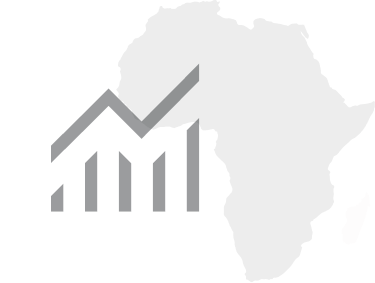Local and non-state actors: a growing role in public service delivery - Spotlight 1
17 August, 2018
The opinions expressed in this article are solely those of the author, and do not necessarily reflect the opinions or views of the Mo Ibrahim Foundation.
As part of the Foundation’s work on public service in Africa, we are publishing a series of three spotlights on the increasing role of actors other than central governments in the delivery of public services across the continent.The first two spotlights will be dedicated to public actors and will analyse the challenges for cities and local authorities respectively in meeting the demand of their constituencies. The third spotlight focuses on non-public actors, touching upon the role of donors, civil society and the growing presence of the private sector in public service delivery.
Spotlight 1 - Public Actors:
Urban demand between exponential growth and specific requests
In 2015, 39.5% of Africa’s population, around 472 million citizens, were living in urban areas. By 2020, the continent’s urban population will amount to 560 million, 41.4% of the total population. By 2050, it is expected to almost triple to 1.3 billion.
Africa has the world’s fastest urban population growth rate (+3.4% in the period 2015-2020). All ten countries in the world with the fastest current urban growth rates from 2015 to 2020 are African: Angola, Burkina Faso, Burundi, Eritrea, Ethiopia, Mali, Niger, Rwanda, Tanzania and Uganda.
These growing urban populations are requesting specific public delivery in health, education, transport, housing, safety and security, water and sanitation, waste management, cultural life and entertainment.
Moreover, the current trends show that in Africa the fastest urban growth will be in intermediate-sized cities, who tend to lag behind their larger counterparts in institutional and development capacities.
The continent’s fast urbanisation growth can have positive or negative impacts: it can either lead to economic growth, transformation, and poverty reduction, or, alternatively, to increased inequality, urban poverty, and the proliferation of slums.
Cities: delivering public services to populations often bigger than countries.
In 2018, the 20 biggest cities of the continent currently manage populations bigger than many countries. Cairo, Africa’s most populous city, manages a population that is larger than each of the 36 least populous countries on the continent.



